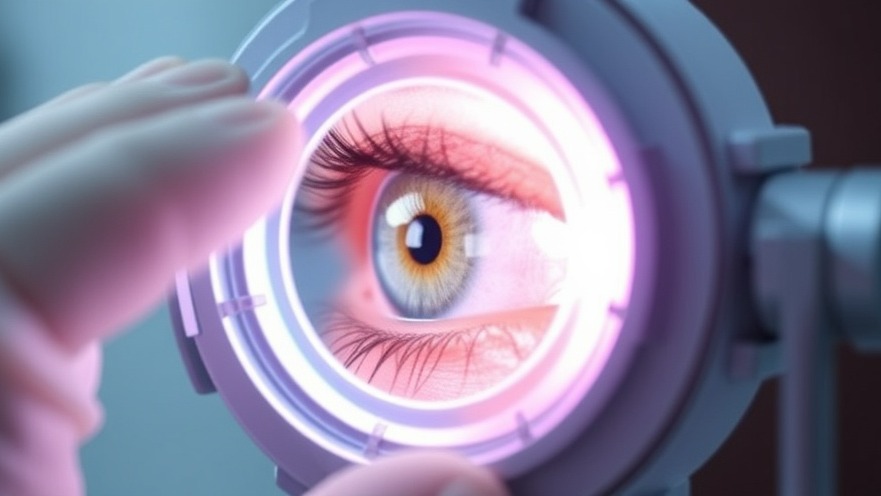
Understanding Intraocular Lenses: A New Era in Vision Correction
With an estimated 30 million individuals undergoing cataract surgery each year, advancements in intraocular lens (IOL) technology are making waves in the ophthalmic community. This annual figure highlights the prevalence of cataracts, a condition affecting predominantly older adults due to natural age-related changes in their eye's crystalline lens. For those grappling with declining vision due to cataract development or presbyopia, recent innovations in IOL designs offer promising enhancements.
Innovative Designs Paving the Way for Better Vision
The evolution of intraocular lenses has transitioned them from simple tools to sophisticated optical instruments that not only restore clarity but also optimize focus. Leading experts in the field, such as Susana Marcos from the University of Rochester, emphasize that new lens designs are now capable of addressing issues common to aging eyes. With the advent of advanced optics and artificial intelligence, patients have greater options for lens selection that accommodates both distance and near vision needs—ideal for those who have experienced the effects of presbyopia.
How Today’s IOLs Differ from Their Predecessors
Historically, IOLs were primarily designed to replace the cloudy crystalline lens. Today’s options surpass this function and are tailored to optimize focus on the retina, ultimately enhancing visual acuity. The development of specialized intraocular lens types, including multifocal and toric lenses, allows many patients to forgo glasses post-surgery. Accommodative lenses—fashioned to mimic the natural focusing capability of younger lenses—represent a significant leap, further expanding the options available to patients ahead of traditional cataract symptoms.
A Comprehensive Approach to IOL Selection
Integral to the success of IOL surgery is the comprehensive understanding of the patient’s unique optical profile. Detailed assessments consider the corneal shape, previous ocular health history, and patient visual goals to select the appropriate lens. The collaboration between surgeon and patient plays a vital role in determining the best solution tailored to enhance quality of life. Armed with tools from biomedical engineering, practitioners can now project how different lenses will interact with each patient's unique eye structure.
Future Predictions: An Eye on Evolving Technologies
In examining the future of IOLs, predicting trends can be enlightening. As machine learning and predictive analytics gain traction in ophthalmology, we may see an increase in personalized treatment plans derived from extensive data analysis. Future IOLs may incorporate responsive technology, where lenses adjust automatically based on the user's environment—much like the natural lens once did. The incorporation of smart technology could revolutionize how we approach vision correction.
Confronting Misconceptions in IOL Treatments
Despite the breakthroughs in intraocular lens technology, misconceptions still linger. A common belief is that lens surgery is only necessary for older adults. Today’s procedures, however, appeal to those in their 40s who are looking to curb symptoms of presbyopia early. Patients hoping to maintain visual independence for years to come can greatly benefit from proactive measures. By informing patients about these advancements, practitioners can combat myths and encourage more people to seek consultative care before issues worsen.
Actionable Insights: Empowering Patients in Their Vision Choices
For health practitioners, staying updated with the latest advancements in IOL technology is crucial for patient education. Encourage patients to discuss their visual expectations during consultations, ensuring they understand the various types of lenses available. By fostering an environment where patients feel empowered to ask questions and express their concerns, practitioners can significantly enhance patient satisfaction and post-operative outcomes.
For health professionals, understanding the technological progress behind intraocular lenses can significantly improve patient care. Continuous education and adaption to new techniques and technologies can result in better patient outcomes and heightened satisfaction levels.
 Add Row
Add Row  Add
Add 




Write A Comment